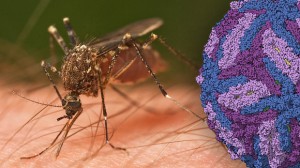Delivering flu vaccines via needle injection can be painful (or even terrifying) for some young patients. In 2014, the CDC acknowledged the nasal spray FluMist Quadrivalent as an efficient delivery vehicle for influenza vaccine. However, in 2016, the CDC withdrew that “endorsement” citing results of a study that was conducted from 2013-2016, which suggested the nasal spray might not be an effective vaccination tool.
References:
1. MacIntyre CR, Salmon D, Kpozehouen E. Taking the ouch out of vaccines: the future of needle-free vaccination. The Conversation website. https://theconversation.com/taking-the-ouch-out-of-vaccines-the-future-of-needle-free-vaccination-44704. Published online January 6, 2016.
2. Appleby J. The FluMist mystery: Why was it effective one year but not now? The Washington Post website. https://www.washingtonpost.com/national/health-science/the-flumist-mystery-why-was-it-effective-one-year-but-not-now/2016/07/07/96f6763c-3c82-11e6-84e8-1580c7db5275_story.html?utm_term=.b288bc6285b4. Published online July 7, 2016.
3. Crawford C. ACIP: LAIV No Longer Preferentially Recommended for Young Children. AAFP website. http://www.aafp.org/news/health-of-the-public/20150304acip-laiv.html. Published online March 04, 2015.
4. Hirobe S, Azukizawa H, Hanafusa T, Matsuo K, et al. Clinical study and stability assessment of a novel transcutaneous influenza vaccination using a dissolving microneedle patch. Biomaterials. 2015 Jul;57:50-8.




